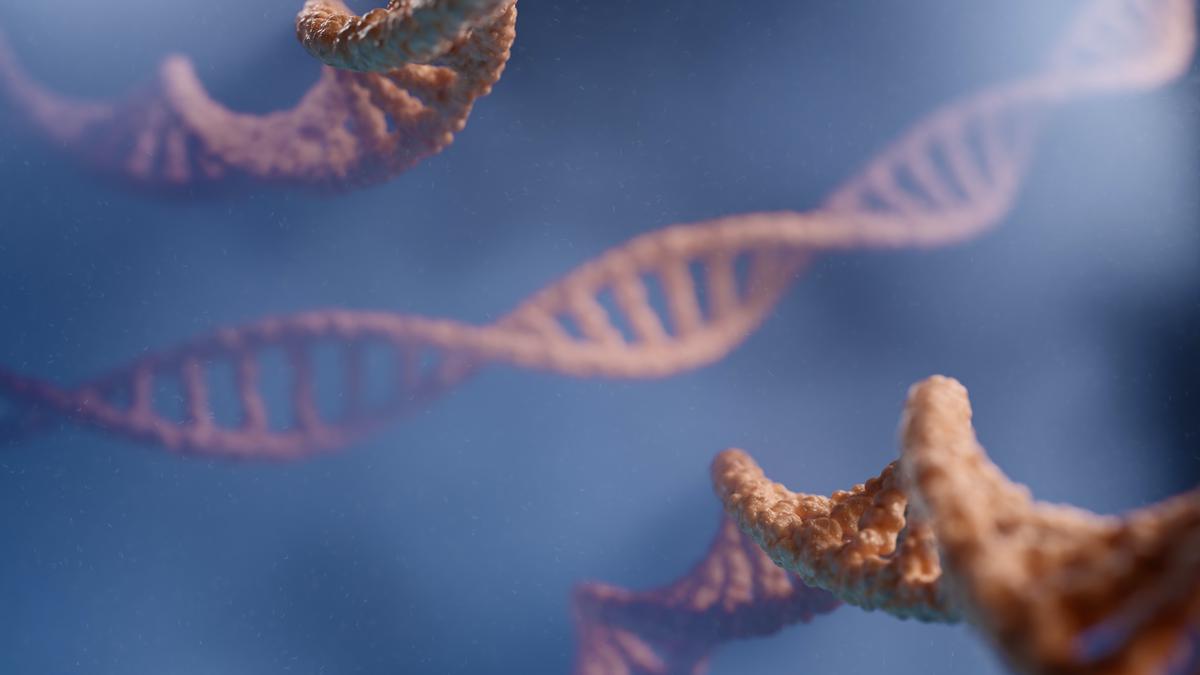
Study links endogamy to persistence of harmful genetic variants in India Premium
The Hindu
A new study has found higher frequency of homozygous genotypes in South-Asian populations, most likely as a result of caste, endogamy, and consanguineous sexual unions. Such a frequency could lead to higher risk of genetic disorders.
In 2009, a study in Nature Genetics by the group of Kumarasamy Thangaraj, at the Centre for Cellular and Molecular Biology, Hyderabad, reported a fascinating finding on why a small group of Indians were prone to cardiac failure at relatively young ages. They found that the DNA of such individuals lacked 25 base-pairs in a gene crucial for the rhythmic beating of the heart (scientists call it a 25-base-pair deletion).
Intriguingly, this deletion was unique to the Indian population and, barring a few groups in Southeast Asia, was not found elsewhere. They estimated that this deletion arose around 30,000 years ago, shortly after people began settling in the subcontinent, and affects roughly 4% of the Indian population today.
There must be many other genetic novelties that are linked to the health of the subcontinent’s populace. How do we find such needles in the vast genetic haystack of this region?
A recent study by Jeffrey Wall and his colleagues, at the Institute for Human Genetics, University of California, took a big stride in this direction. The researchers collected DNA from around 5,000 individuals, mainly people from across India, Pakistan, and Bangladesh. This cohort also contained DNA from some Malay, Tibetan, and other South-Asian communities.
Next, they performed whole-genome sequencing to identify all the instances where the DNA either showed a change, was missing, or had additional base-pairs, or ‘letters’.
Their study found stark genetic differences between people from different regions of the subcontinent. While this is to be expected between different countries in the region, it was actually evident even at the level of smaller geographies within India.
Unbiased computational approaches showed little mixing between individuals from different communities. It is a no-brainer that endogamous practices (including caste-based, region-based, and consanguineous marriages) in the subcontinent are responsible for such conserved genetic patterns at the community level. In an ideal scenario, there would have been random mating in a population, leading to greater genetic diversity and lower frequency of variants, which are linked to disorders.













